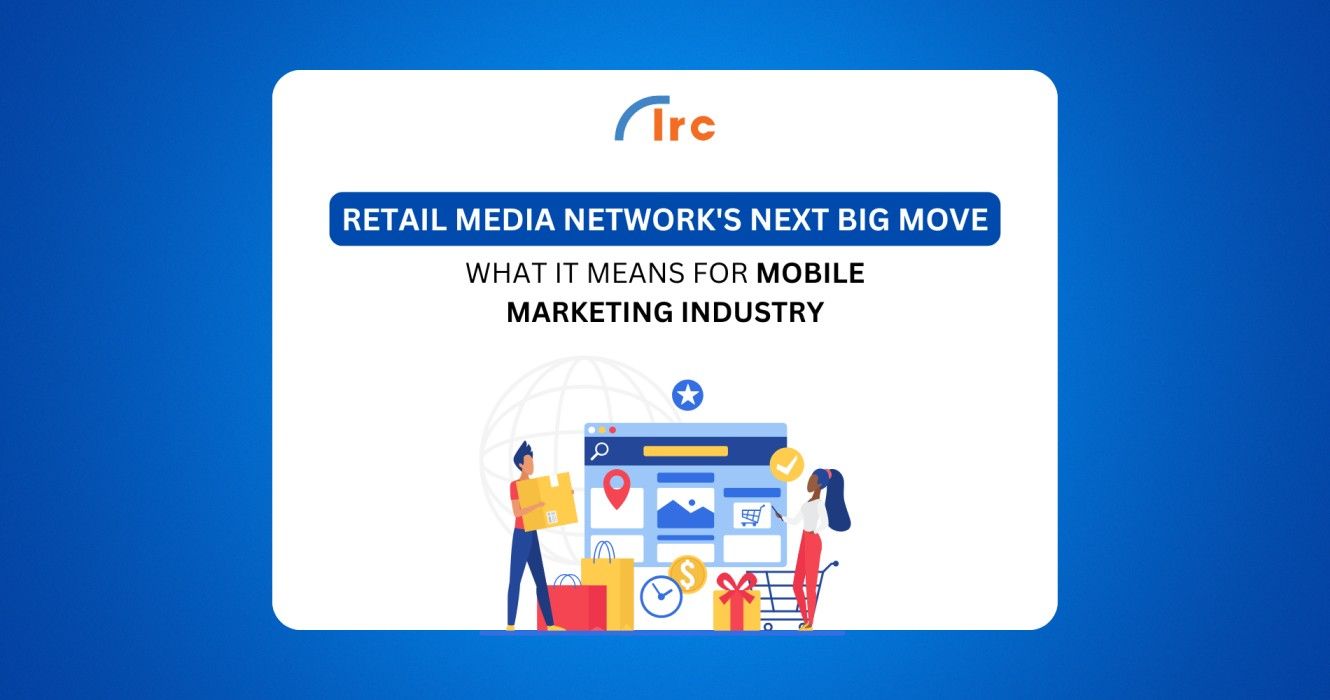The advertising landscape is undergoing a seismic shift, and at the center of this transformation lies the rapid growth of Retail Media Networks (RMNs). Once confined to e-commerce platforms, RMNs have evolved into powerful advertising ecosystems, offering unparalleled targeting capabilities and first-party data-driven insights. For mobile app marketers, the next phase of retail media’s evolution represents an unmissable opportunity to rethink growth strategies and unlock new avenues for user acquisition, engagement, and monetization.
The Rise of Retail Media Networks
Retail Media Networks are digital platforms operated by retailers that allow brands to advertise directly within their ecosystems, leveraging first-party data to connect with high-intent audiences. These networks have seen a surge in adoption, fueled by the following factors:
- Data Privacy Shifts: With the decline of third-party cookies, RMNs have emerged as reliable sources of privacy-compliant, first-party data, helping advertisers achieve precise targeting.
- E-Commerce Boom: The explosion of online shopping has turned retail platforms into key touchpoints for consumers, making RMNs indispensable for brands seeking to stay relevant.
- Performance Metrics: Retail media enables closed-loop attribution, offering measurable ROI on ad spend—a crucial feature for mobile app marketers operating in competitive markets.
In 2025, RMNs are expected to expand beyond traditional retail, encompassing industries like travel, financial services, and entertainment, creating new synergies for app marketers.
The Opportunity for Mobile App Marketers
As RMNs scale and diversify, their implications for mobile app marketing are profound. Here’s how app marketers can leverage this trend:
1. Enhanced User Acquisition
Retail Media Networks provide access to high-intent audiences—consumers who are actively browsing or purchasing. By integrating RMNs into user acquisition strategies, app marketers can reduce Cost Per Install (CPI) while increasing user quality.
2. Contextual Targeting
RMNs offer unparalleled contextual relevance, allowing app ads to appear in native environments. For example, a fitness app ad displayed on a retailer’s "sports equipment" page aligns perfectly with the consumer’s interests, increasing engagement rates.
3. First-Party Data Insights
For mobile app marketers, access to RMN’s rich data is invaluable. It allows for custom audience creation based on purchase behaviors, preferences, and demographics, enabling hyper-targeted campaigns that drive installs and long-term retention.
4. Cross-Platform Synergies
As RMNs extend their reach into channels like Connected TV (CTV) and in-app advertising, app marketers can experiment with cross-platform campaigns, creating cohesive brand narratives and improving visibility across user touchpoints.
Challenges to Address
While RMNs present significant opportunities, marketers must navigate several challenges:
- Cost Efficiency: With the growing demand for RMN inventory, ad costs are rising, requiring marketers to optimize campaigns rigorously.
- Data Integration: Seamlessly integrating RMN insights with app analytics and broader campaign data can be complex but is critical for holistic performance measurement.
- Competition for Inventory: As more brands leverage RMNs, app marketers need creative strategies to stand out in a crowded space.
Strategies to Maximize RMN Impact
- Leverage Closed-Loop Attribution
Use RMNs’ attribution tools to track the journey from ad click to app install and in-app purchase, ensuring campaigns deliver measurable ROI. - Adopt Omnichannel Approaches
Combine RMN advertising with broader programmatic campaigns to capture users across multiple touchpoints, including social media and search. - Experiment with Formats
Test innovative ad formats like shoppable ads or interactive videos on RMNs to increase engagement and conversion rates. - Focus on Lifetime Value (LTV)
Beyond installs, prioritize campaigns that target high-LTV users, using RMNs’ granular data to refine audience segments.
The Road Ahead
Retail Media Networks are redefining how brands engage with consumers, and their next big move—integrating into broader advertising ecosystems—offers app marketers a transformative opportunity. By aligning RMN strategies with app growth goals, marketers can tap into high-intent audiences, deliver personalized experiences, and drive sustainable growth in 2025.
The key lies in staying agile, embracing innovation, and leveraging the full potential of RMNs to stay ahead in an increasingly competitive digital landscape.
